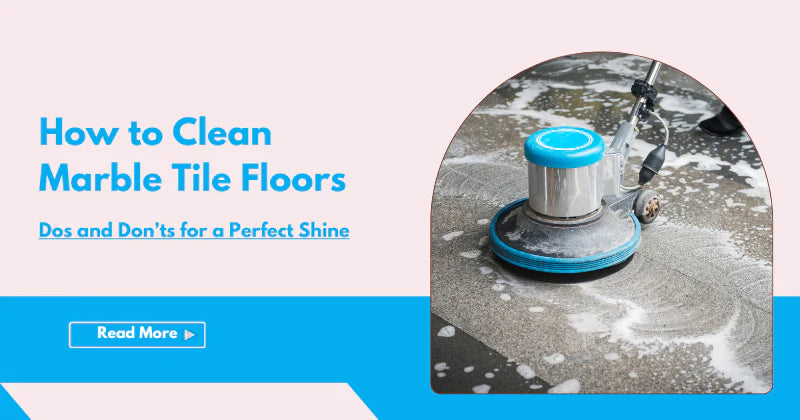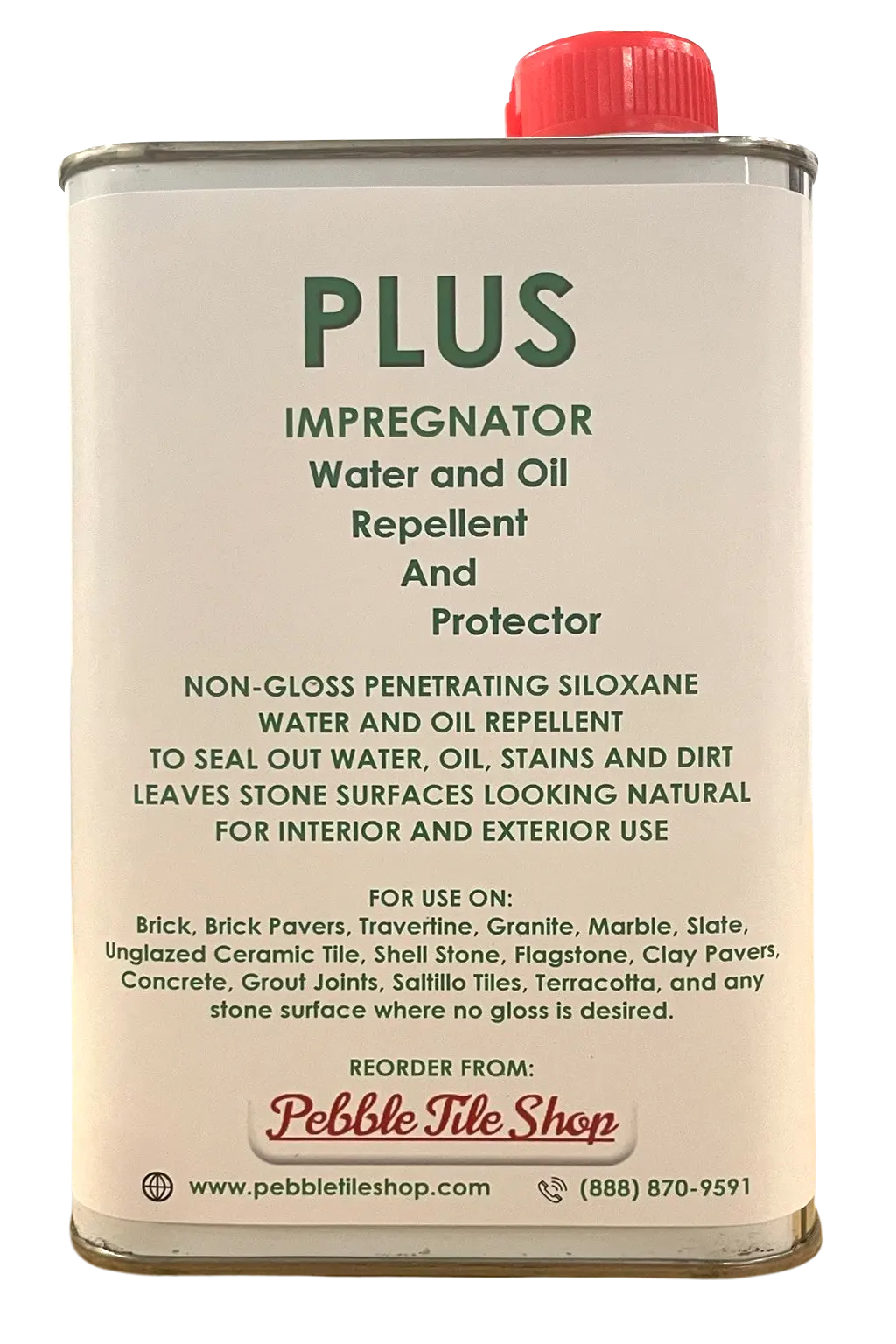Marble tile floors exude elegance and timeless beauty, making them a popular choice for upscale homes. However, maintaining their pristine appearance requires proper cleaning techniques and a bit of care. If you’re wondering how to clean marble tile floors effectively, you’ve come to the right place. In this detailed guide, we'll cover everything you need to know to keep your marble floors looking their best. From daily cleaning routines to avoiding common mistakes, this comprehensive guide will help you maintain the luxurious look of your marble tile floors.
Why Marble Tile Floors Require Special Care
Marble tiles are celebrated for their beauty, but they are also known for their sensitivity to certain cleaning products and methods. Unlike ceramic or porcelain tiles, marble is a natural stone that can be easily damaged by acidic substances or abrasive cleaning tools. Understanding how to clean marble tile floors properly is essential to preserve their luster and extend their lifespan.
Daily Cleaning Routine
- Sweep or Dust Mop Regularly
To keep your marble tile floors looking their best, start with a regular sweeping or dust mopping routine. Dust and dirt can scratch the surface of your marble tiles if not removed promptly. Use a soft-bristle broom or a microfiber dust mop to collect debris without causing damage.
- Use a Vacuum with a Soft Brush Attachment
For a more thorough cleaning, use a vacuum cleaner with a soft brush attachment. This helps remove dirt and debris from between the tiles without scratching the surface. Avoid using a vacuum with a beater bar or hard brush, as these can cause damage to your marble floors.
- Clean Spills Immediately
Marble is porous and can absorb liquids, which may lead to staining. Clean spills immediately using a soft cloth or paper towel. Blot the area gently to absorb the liquid rather than rubbing, which can spread the spill and potentially damage the surface.
How to Clean Marble Tile Floors: The Right Way
- Use a pH-neutral Cleaner
When it comes to cleaning marble tile floors, the choice of cleaner is crucial. Avoid acidic or abrasive cleaners that can etch or damage the marble surface. Instead, use a pH-neutral cleaner specifically formulated for marble tiles. These cleaners are gentle yet effective in removing dirt and grime without harming the stone.
- Prepare a Cleaning Solution
To clean marble tile floors, mix a small amount of pH-neutral cleaner with warm water according to the manufacturer’s instructions. Avoid using too much cleaner, as this can leave a residue on the marble. Dip a soft mop or cloth into the solution, wring it out thoroughly, and mop the floor in a gentle, circular motion.
- Rinse with Clean Water
After mopping the floor with the cleaning solution, rinse the marble tiles with clean, warm water. This helps remove any leftover cleaning solution and prevents residue build-up. Use a clean mop or cloth to wipe away excess water, ensuring the floor dries evenly.
- Dry the Floor Thoroughly
Marble floors should be dried thoroughly after cleaning to prevent water spots and streaks. Use a soft, dry towel or microfiber cloth to wipe down the floor. This step is particularly important for high-traffic areas where moisture can lead to slip hazards.
Do’s and Don’ts for Cleaning Marble Tile Floors
Do’s
- Do Use a Soft Mop or Cloth: Always use a soft mop or cloth when cleaning marble tile floors. Abrasive tools can scratch and damage the surface.
- Do Test Cleaners First: Before using any new cleaning product, test it on a small, inconspicuous area of the marble to ensure it doesn’t cause discoloration or damage.
- Do Use Coasters and Mats: Place coasters under drinks and use mats or rugs in high-traffic areas to protect your marble floors from spills and dirt.
- Do Address Stains Promptly: For stubborn stains, use a poultice specifically designed for marble. Follow the product instructions for best results.
-
Do Regularly Seal Your Marble Tiles: Marble floors should be sealed regularly to protect against staining and moisture damage. Follow the manufacturer’s recommendations for sealing frequency.
Don’ts
- Don’t Use Vinegar or Lemon Juice: Avoid using vinegar, lemon juice, or other acidic substances on marble tile floors. These can etch the surface and damage the marble.
- Don’t Use Abrasive Cleaners: Abrasive cleaners and scrub brushes can scratch the marble surface. Stick to soft, pH-neutral cleaning solutions.
- Don’t Allow Spills to Sit: Promptly clean spills to prevent staining. Marble is porous and can absorb liquids if not addressed quickly.
- Don’t Use Excessive Water: Excessive water can seep into the marble and cause damage. Always use a damp mop rather than soaking the floor.
-
Don’t Drag Heavy Objects: Avoid dragging heavy furniture or objects across your marble tile floors to prevent scratches and damage.
Handling Specific Types of Stains
- Oil-Based Stains
Oil-based stains, such as those from cooking oil or grease, can be challenging to remove. To address these stains, use a marble poultice specifically designed for oil-based stains. Apply the poultice according to the product instructions and allow it to sit for the recommended time before wiping away.
- Organic Stains
Organic stains from coffee, tea, or fruit can be treated with a marble poultice designed for organic stains. Follow the manufacturer’s instructions for application and removal.
- Rust Stains
Rust stains may require a specialized rust remover designed for marble surfaces. Be cautious with these products and follow the instructions carefully to avoid damaging the marble.
- Water Spots
Water spots can be removed by buffing the affected area with a soft cloth and a marble polish. For persistent spots, a marble polishing powder may be necessary.
Marble Tile Floor Maintenance Tips
- Regular Sweeping and Mopping
Maintain the beauty of your marble tile floors by incorporating regular sweeping and mopping into your cleaning routine. This helps prevent dirt and grime from building up and scratching the surface.
- Use Doormats and Rugs
Place doormats at entryways and use rugs in high-traffic areas to reduce the amount of dirt and debris that comes into contact with your marble floors.
- Avoid High-Heeled Shoes
High-heeled shoes can scratch and damage marble floors. Encourage family members and guests to wear soft-soled shoes or slippers indoors.
- Professional Cleaning and Polishing
Consider having your marble tile floors professionally cleaned and polished periodically. Professional services can address deep-set stains, restore shine, and apply protective coatings.
Survey and Reports
Recent surveys indicate that proper maintenance of marble tile floors can significantly extend their lifespan and preserve their appearance. According to a survey conducted by HomeAdvisor, homeowners who regularly clean and seal their marble floors reported higher satisfaction with their flooring investment. Additionally, a study by the Marble Institute of America emphasizes the importance of using appropriate cleaning products and techniques to maintain the integrity of marble surfaces.
Conclusion
Learning how to clean marble tile floors effectively is essential for maintaining their beauty and longevity. By following the do’s and don’ts outlined in this guide, you can keep your marble floors looking pristine and elegant. Remember to use pH-neutral cleaners, avoid acidic substances, and dry the floors thoroughly after cleaning.
For high-quality marble tiles and expert advice on maintaining your floors, visit Tile Hub. Their extensive selection of marble and other tile options can help you achieve the perfect look for your home. Explore their offerings at Tile Hub and ensure your marble floors remain a stunning feature in your space.
If you have any additional questions or need further assistance with your marble tile floors, feel free to reach out. Happy cleaning!







